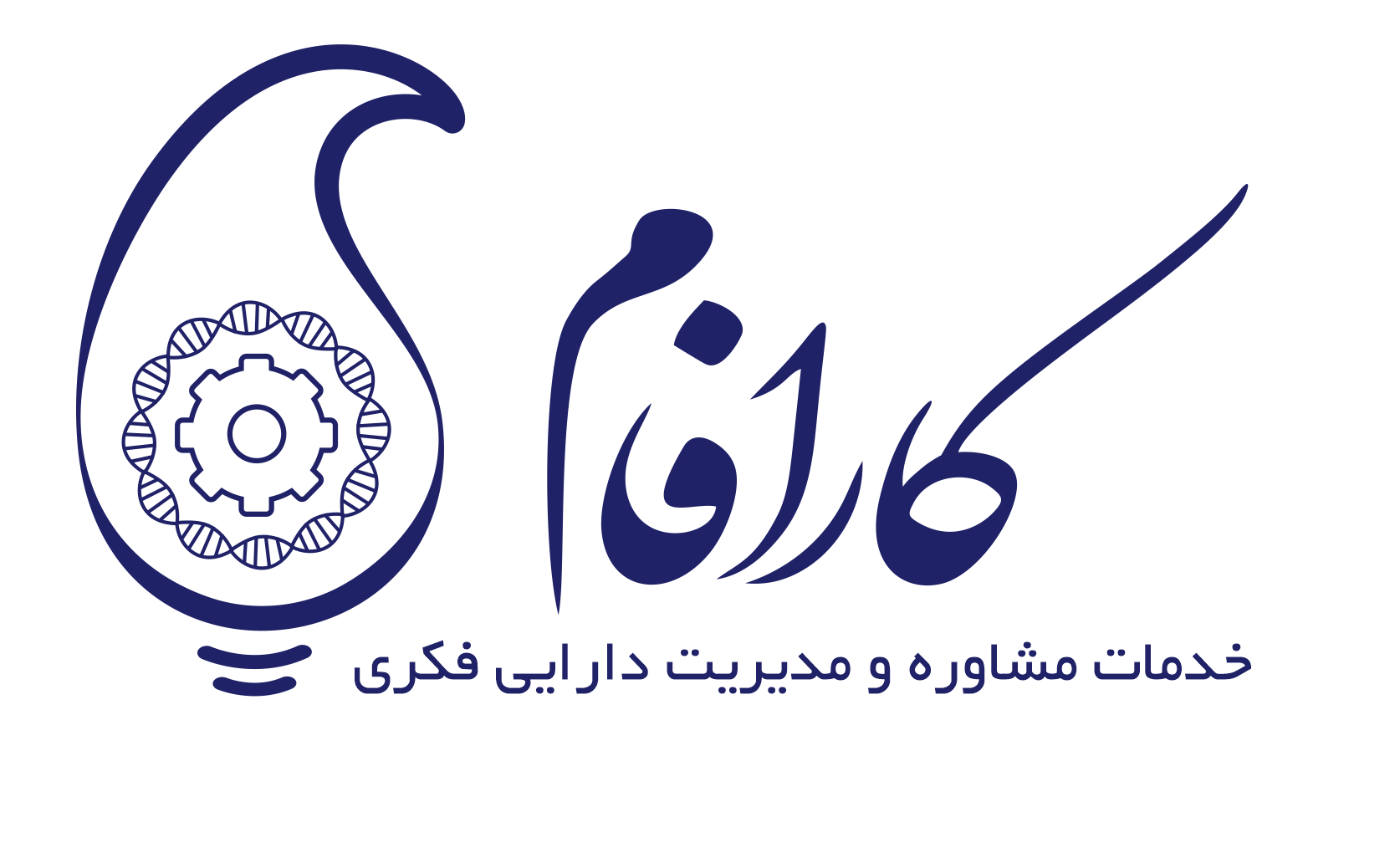Trademark ™; Definition and Conditions for Registration

A trademark is a distinctive and recognizable sign that distinguishes a company’s goods and services from those produced or offered by other companies. The holder of a registered trademark has legal rights to exclusive use of the mark in relation to the products and services for which it has been registered.
Trademarks, or commonly known as brands, must be designed and defined in a way that does not cause confusion, mistake, deception, or misdirection for the audience. Additionally, a company’s trademark should be distinct and easily recognizable among similar company marks, allowing ordinary individuals to differentiate it easily. Furthermore, different countries have independent legislation regarding non-registerable marks, which must be followed for registration.
Trademarks shape the identity of a service or product in the eyes of customers and serve as an indicator of the specific quality provided by the manufacturer. If violated, it can be detrimental to the business owner.
Industrial Design; Definition and Conditions for Registration:

An industrial design is a form of intellectual property that relates to the features associated with the shape, structure, pattern, and ornamentation used in a product due to an industrial process. It should create visual appeal in the final and completed product.
According to the definition in our country’s patent registration law, any combination of lines or colors and any three-dimensional shape with or without lines or colors that alters the combination or shape of an industrial product or a handicraft is considered an industrial design. In an industrial design, access to a technical result without any change in appearance is not covered by this law. Technical changes are protected under the relevant laws related to inventions.
Additionally, an industrial design must be new or original to be eligible for registration. An industrial design is considered new if it has not been publicly disclosed through publication or use before the filing date of the application or, where applicable, before the priority date of the application for registration anywhere in the world.
An industrial design is considered original if it has been independently created by the designer and does not copy or imitate existing designs, such that it appears different from previously accessible designs to an informed user.
Certainly, such forms should not resemble shapes found in nature, as that would lack inventiveness. Additionally, these forms may occasionally have aspects of invention (when they involve more than just superficial changes). For example, if different designs for car tires to prevent skidding are better than previous ones, they may qualify for patent registration.
All services related to trademark search and registration, both domestically and internationally, are available through national systems or the Madrid system (International Trademark Application). Similarly, searches and registrations for industrial designs in Iran and abroad can be facilitated via Karafam. Simply submit your request through contacts, and our experts will promptly assist you, providing ongoing consultation to streamline and expedite your registration process.”

